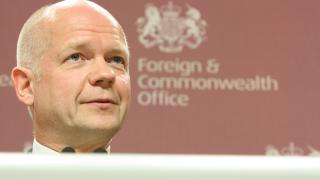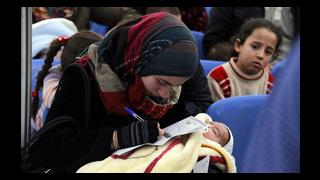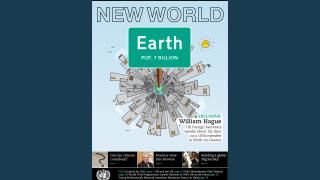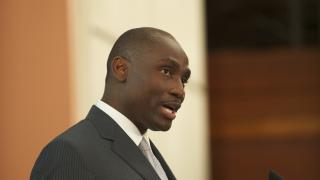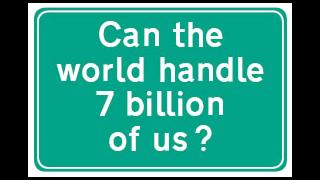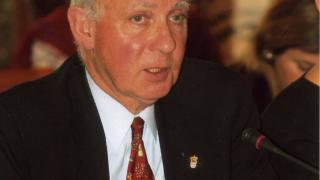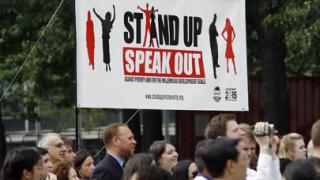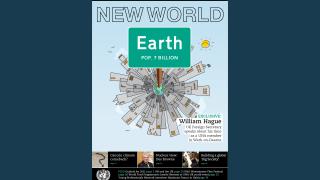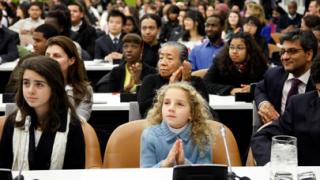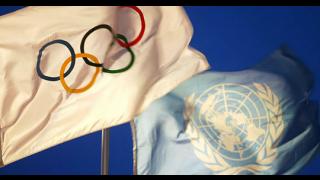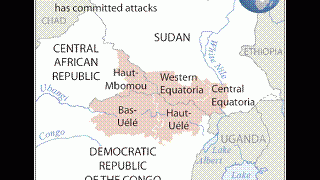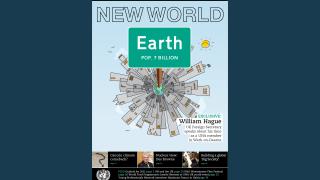
The relatively successful Non- Proliferation Treaty (NPT) Review Conference in May 2010 buoyed hopes that the momentum on nuclear disarmament and non-proliferation issues would be maintained in the following months. To some extent, it was.
In the UK, the new coalition government revealed, for the first time, the precise number of the country’s nuclear warheads, echoing announcements made by the US at the Review Conference. The UK’s Strategic Defence and Security Review in October 2010 reiterated its commitment to a nuclear deterrent (the big decision on Trident is to be delayed until ‘around 2016’) and to Continuous at Sea Deterrence. But it also outlined a number of steps to support multilateral disarmament efforts. These include reducing the number of warheads on board each submarine from 48 to 40, reducing the overall nuclear weapon stockpile to no more than 180, and a Negative Security Assurance – essentially a guarantee to non-nuclear-weapons states not to use or threaten to use nuclear weapons against them.
As with US declaratory policy, unveiled in April 2010 as part of its Nuclear Posture Review, the UK’s assurance leaves open the possibility of doing so for countries that are ‘not in good standing’ with the NPT.
At the Lisbon summit on 19 November, NATO heads adopted a New Strategic Concept. The text expressed NATO’s commitment to “seek a safer world for all and to create the conditions for a world without nuclear weapons in accordance with the goals of the NPT” though it maintained its position that “deterrence, based on an appropriate mix of nuclear and conventional capabilities, remains a core element of our overall strategy.”
On 22 November 2010 UNA-UK’s Chair, Lord Hannay of Chiswick, contributed to a debate in the House of Lords, asking for clarification from the Leader of the House, Lord Strathclyde,
on the government’s commitment to working with Russia for the eventual removal of tactical nuclear weapons from Europe. Lord Strathclyde responded subsequently in writing: “the disparity in short-range nuclear weapons between the US and Russia will need to be ad- dressed as we work to create the conditions where further reductions are possible...[the Lisbon declaration] tasked the North Atlantic Council to look at how NATO implements the principles agreed in the Strategic Concept. The review will examine the strategic threats facing the Alliance and the capabilities NATO needs to meet those threats in the future...the UK will be closely involved in this review and in the forthcoming NATO-Russian Council discussions on short-range nuclear weapons.”
Perhaps the biggest victory came on 22 December 2010, when the US Senate ratified the Strategic Arms Reduction Treaty (START), the arms control agreement with Russia, which President Obama personally negotiated with Dmitry Medvedev, his Russian counterpart. The ratification followed domestic and international pressure on undecided senators, including from members of the Top Level Group of UK Parliamentarians for Multilateral Nuclear Disarmament and Non-proliferation who published a letter in The New York Times on 1 December calling for START ratification. The group, convened by Lord Browne of Ladyton wrote: “as clearly stated by NATO leaders at their summit in Lisbon, the security of the UK and the security of its allies, including the US, depends on reducing the threat from nuclear weapons, ballistic defences and improving our relationship with Russia.”
If 2010 has been a busy and important year for nuclear issues, 2011 and 2012 should prove just as pivotal. A conference on a Middle East zone free of nuclear weapons and all other weapons of mass destruction, proposed for 2012 and agreed by states at the 2010 NPT Review Conference, will have to gain support and momentum quickly if it is to take place. Much will depend on the
US, the European Union (EU), China and Russia providing a strong, united front in encouraging Israel and Iran to take part. Iran’s uranium enrichment will also be a factor: will it continue its enrichment programme despite interna- tional demands? Will it allow thorough inspections by the International Atomic Energy Agency (IAEA) of its key nuclear facilities?
On 5 December 2010 this prospect seemed slim. Iran announced that it could now use domestically-mined uranium to produce nuclear fuel, giving the country complete control over a process some in the West suspect is geared toward pro- ducing nuclear weapons. But a month later, Iran surprised many by inviting international representatives (the US was notably excluded) to inspect its nuclear sites. Envoys from Algeria, Cuba, Egypt, Syria and Venezuela were given a tour on 15-16 January but China, Russia and the EU declined. EU foreign representative Baroness Ashton emphasised that it is the role of the IAEA to inspect facilities.
What 2011 will bring for the Fissile Material Cut-off Treaty (FMCT) also remains to be seen. Obstructions within the UN Conference on Disarmament have crippled movement on the negotia- tion of a verifiable treaty banning the production of fissile materials for nuclear weapons. Pakistan continues to express its apprehension over the proposed treaty, which would call a halt to its production of fissile material for warheads, and has complicated proceedings by asking for regional conventional arms control, something India and others have rejected outright.
What is certain is that 2011 will present similar obstacles and opportunities to 2010. Progress will require inclusive diplomacy to push ahead on international efforts to foster nuclear disarmament and counter proliferation. Candid and coura- geous conversation, of the variety on display at UNA-UK’s recent ‘Towards Zero’ roundtable will be required to avoid the mire of inaction.
James Kearney is Peace & Security Programme Coordinator at the UN Association of the UK.

